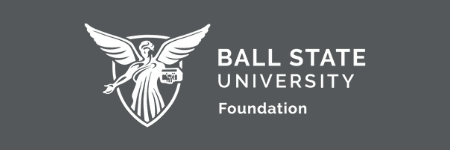The NESTT Learning Lab was established to address the need to prepare both faculty and teacher education candidates to utilize technology within their instructional practices. NESTT is an acronym for New and Emerging Support for Teaching with Technology. In order to reach this objective, the NESTT Learning Labs established five goals to guide our work.
- To ENGAGE faculty and candidates around ideas for the adoption and integration of technology within their instructional practices.
- To PROVIDE safe spaces to be curious, creative, and inquisitive with technology.
- To SUPPORT faculty in the redesign of courses, assignments, and projects to take advantage of how different technologies can support student learning.
- To EMPOWER both faculty and candidates to utilize & use various technologies themselves instead of being dependent on others.
- To MODEL pedagogies and practices that support learning. NESTT staff reflects on and practice technology coaching and mentoring models to support their own professional development.
The work of the NESTT is grounded in research-based standards, specifically the International Society for Technology (ISTE) standards for Educators, Coaches, and Students, and research frameworks to support faculty and candidates in making critical decisions about technology adoption for learning and teaching. The NESTT has regular hours of operation, hosts teacher education courses to introduce educational technology concepts, and provides “in lab” support for creative projects and instructional planning.
To fulfill these goals and advance the preparation of teachers to infuse technology, the NESTT supports teacher education students, faculty, and the larger Ball State community in a number of ways. We engage with Ball State students and faculty about technology integration and instructional practices. This has led to preservice teachers checking out a variety of technologies to use within their practicum or during student teaching.
Next, EdTec students and NESTT staff have designed and conducted several community outreach projects. One example was to host students from Muncie Community School Southside Middle School for a STEM BreakoutEDU experience that connected math, science, and computer science content to an engaging and hands-on activity. The students used Sphero robots, virtual reality during the activity. Another example involves partnering with the Indiana Department of Education Migrant Education Program to host a STEM Technology summit. The summit brought middle school students and teachers from across the state to the Ball State campus to explore science and math content by practicing engineering principles through a variety of technology such as making 3d printed molds and virtual reality tours.
Finally, EdTec faculty and NESTT staff work with others from across campus to support technology infusion. For example, a biology faculty member worked with the NESTT to 3D print human chromosomes to assist a low vision student during a genetics lab.
The generous support from alumni will allow the NESTT Learning labs, EdTec students, and faculty to continue these kinds of outreach efforts and to promote continued innovations in how we support learning and teaching with technology.

